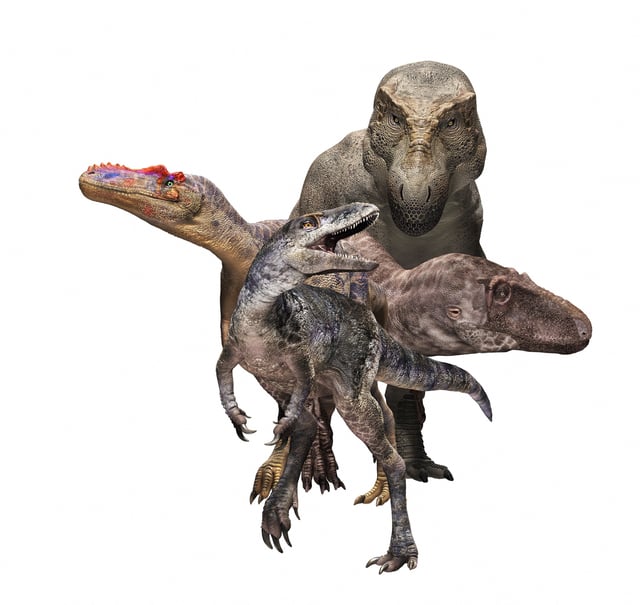Overview
- Fossils of Khankhuulu mongoliensis, excavated in Mongolia’s Gobi Desert in the early 1970s, were misidentified as another species until 2023 when researchers reexamined museum collections.
- This medium-sized predator measured about 4 meters long and weighed around 750 kilograms, displaying anatomical features that bridge smaller tyrannosauroids and later giant Eutyrannosaurians.
- Led by Jared Voris and Darla Zelenitsky of the University of Calgary, the research published in Nature marks Khankhuulu mongoliensis as a direct predecessor to Tyrannosaurus rex dating back 86 million years.
- Phylogenetic analysis indicates that Khankhuulu mongoliensis or its close relatives migrated from Asia to North America roughly 85 million years ago, initiating the lineage that evolved into apex predators like T. rex.
- The identification underscores the value of revisiting existing fossil collections to uncover overlooked specimens that can transform scientific understanding of dinosaur evolution.


